In devices designed for children’s oral care, not only must you leverage the low vibration and quiet operation of a coreless motor, but you also need clear pediatric warnings about bleach residuals. Children’s enamel is thinner and their swallowing reflexes are immature—any leftover bleaching agent can harm oral tissues or be ingested. Below, we explore six reasons why pediatric instructions must emphasize thorough rinsing of all bleach residues.
Children’s mouths differ markedly from adults’:
These factors make residual removal essential in pediatric guidelines.
Even trace bleach left behind can cause:
Children’s developing mouths are particularly vulnerable to these effects.
Product labeling and instructions for children should include:
These clear warnings help ensure safe, effective use.
A coreless motor design also aids in minimizing residues:
Hardware and user instructions work together to reduce residual risks.
To support B2B partners, provide:
Comprehensive training ensures devices are used safely in pediatric settings.
Finally, maintain safety through:
By combining clear pediatric warnings, coreless motor design, thorough training, and continuous R&D, B2B manufacturers can deliver safe, effective tooth-whitening solutions for children. For partnership inquiries, please contact our team!
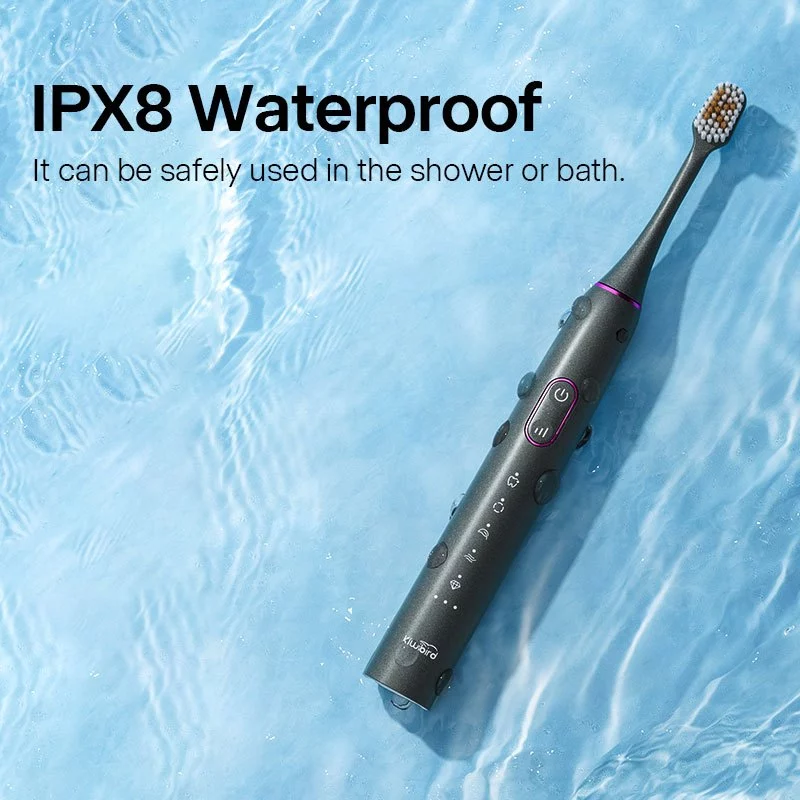
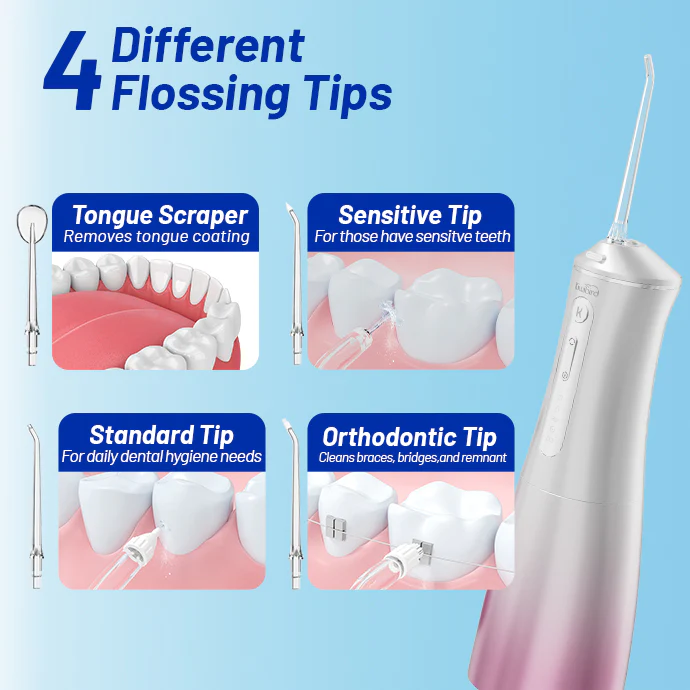

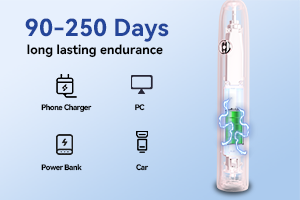
Wireless vs. Contact Charging: Which Is Better for Electric Toothbrushes?

Beginner’s Guide to Water Flosser Pressure Settings
.jpg)
How RV long-life battery defines RV power toothbrush reliability
Why Do Efficacy Comparisons Focus on Bleach Breakdown?
How Crown Compatibility Aligns with Pressure Sensors Tech?

Key Process Traceability of Electric Toothbrushes: Quality Inspection Record Management of Motor Calibration and Waterproof Testing
.jpg)
Best Electric Toothbrush With Pressure Sensor in Houston?

Water Flosser OEM vs ODM: How to Choose the Best Business Mode?
PowSmart’s Commitment to Quality: What Sets Our Oral Care Products Apart
Tray Deformation Causing Occlusal Discomfort – Fixable?
.jpg)
Benefits of Travel-Friendly Water Flosser Design
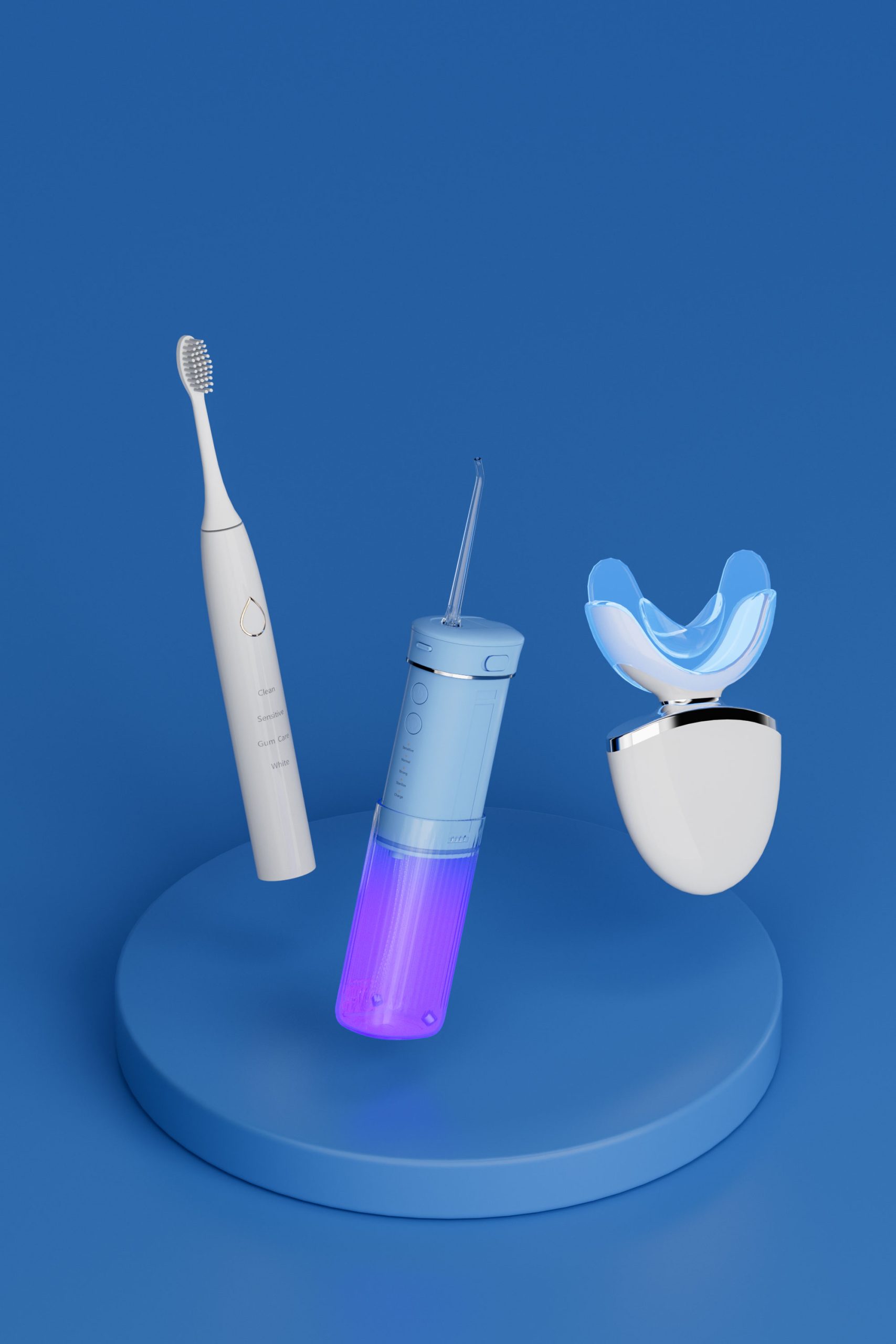
Why a Hindi brushing guide is essential for your First-time user guide

FDA-Approved Antibacterial Bristles of Electric Toothbrush: A Safety Guide for Oral Care
Is Your Water Flosser Plagued by Nozzle Clogging and Water Tank Leakage?

Oral Care Design for Women: Women Are the Main Consumers of the Oral Care Market
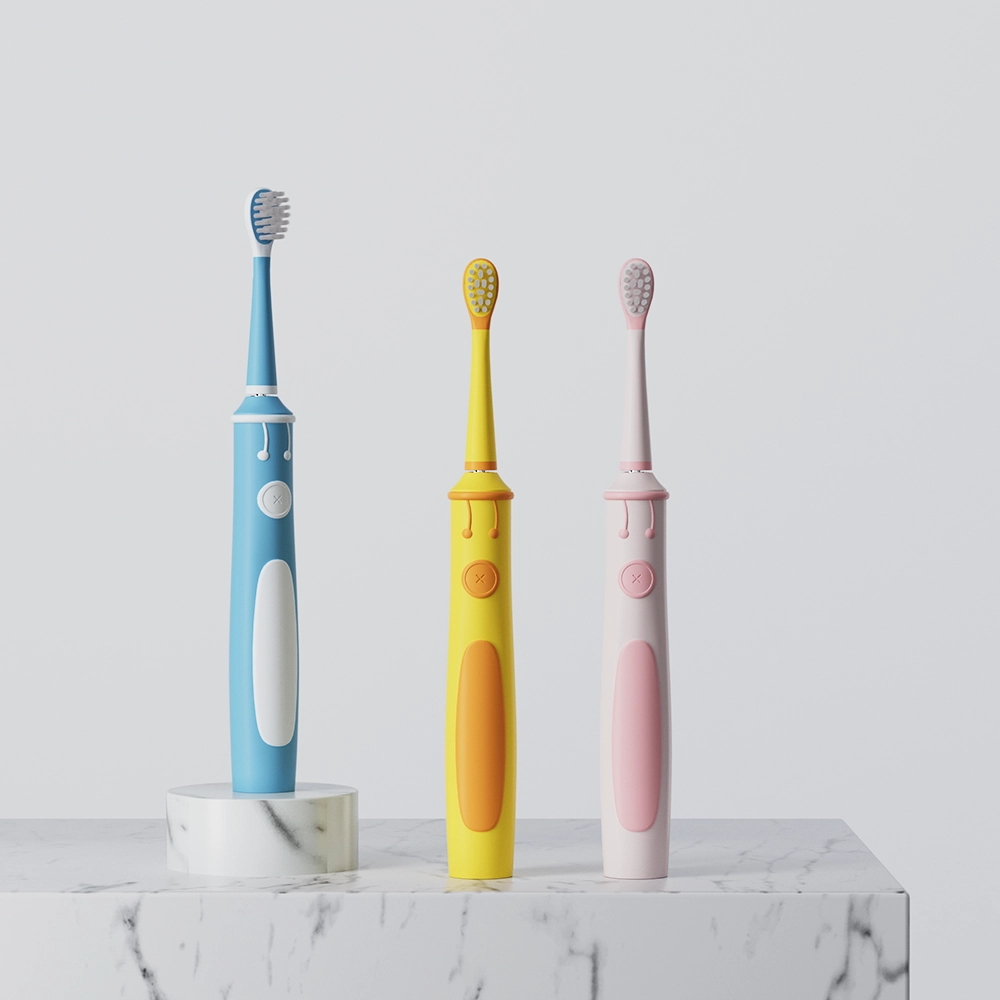
Why Kids’ Electric Toothbrushes Need Antibacterial Materials

Electric toothbrush heads Charcoal Infused-Diamond

Customization Teeth Whitening Gel

electric toothbrush heads Regular Clean

electric toothbrush heads Ultra Soft

electric toothbrush heads Deep Clean

electric toothbrush heads Charcoal Infuse-Round
.jpg)
Florida Electric Toothbrush – Powsmart PTR-C8

Private Label Whitening Gel
whstapp
whstapp
National Toll-Free Service Hotline
+86 755 86238638